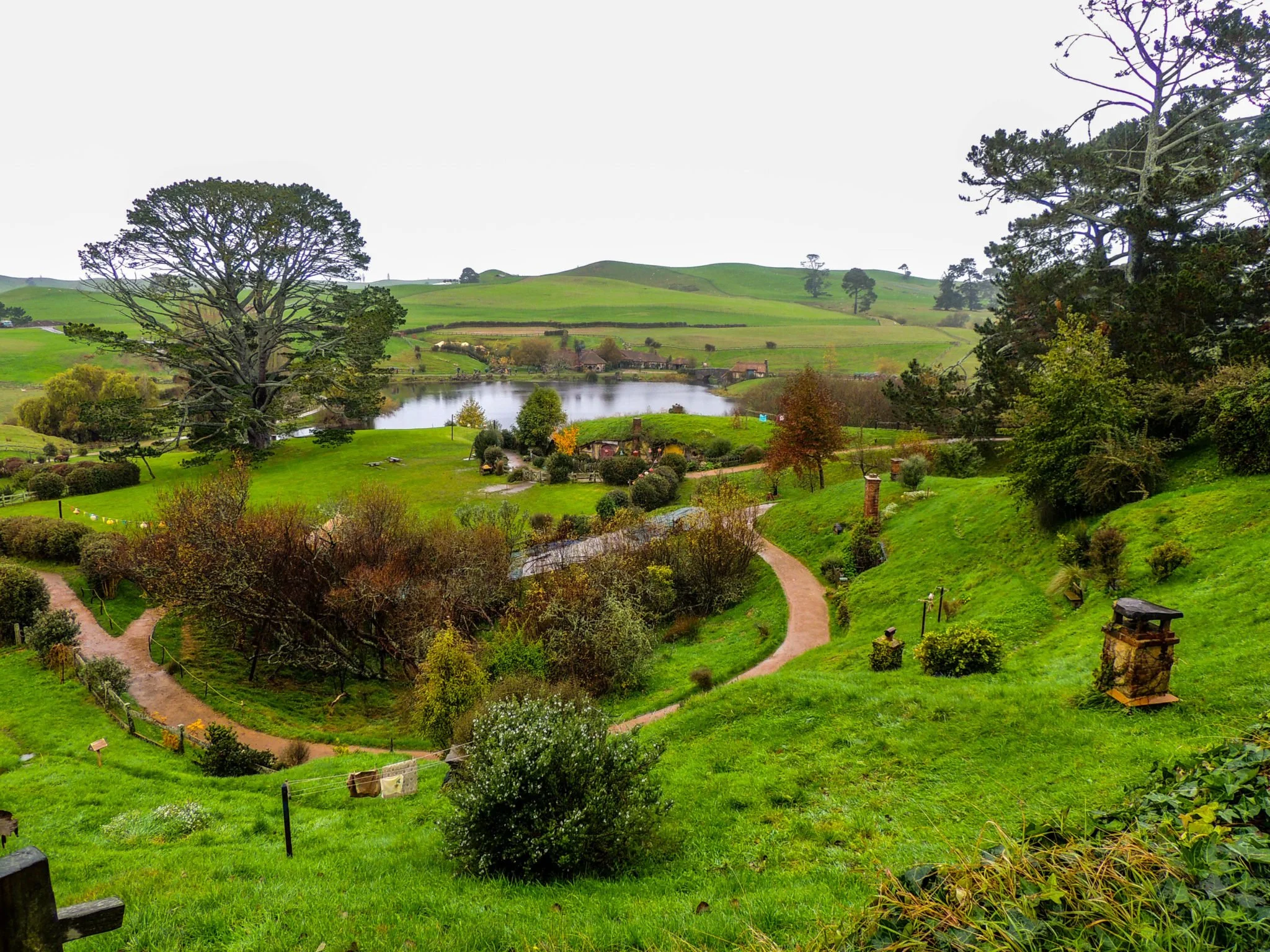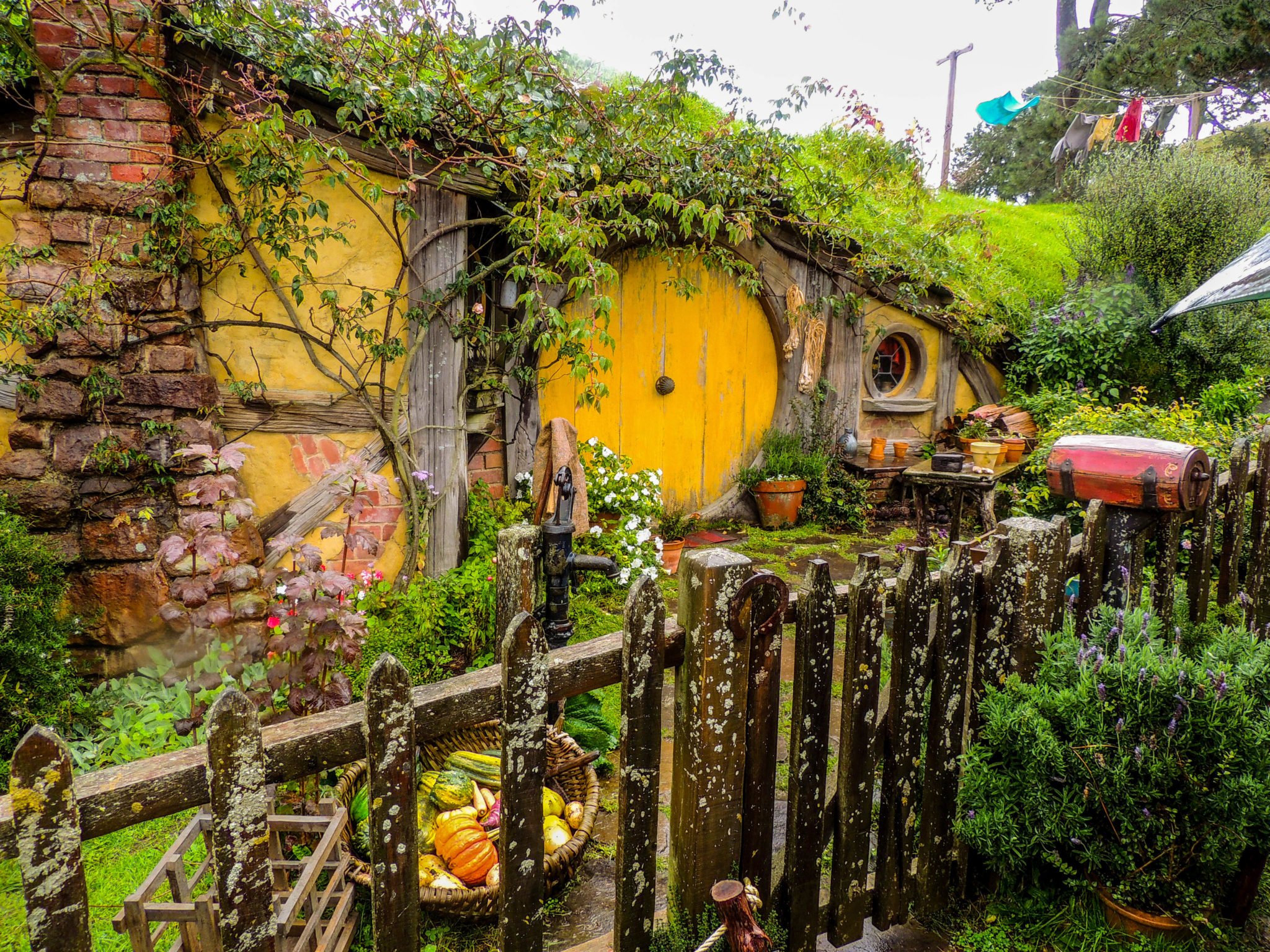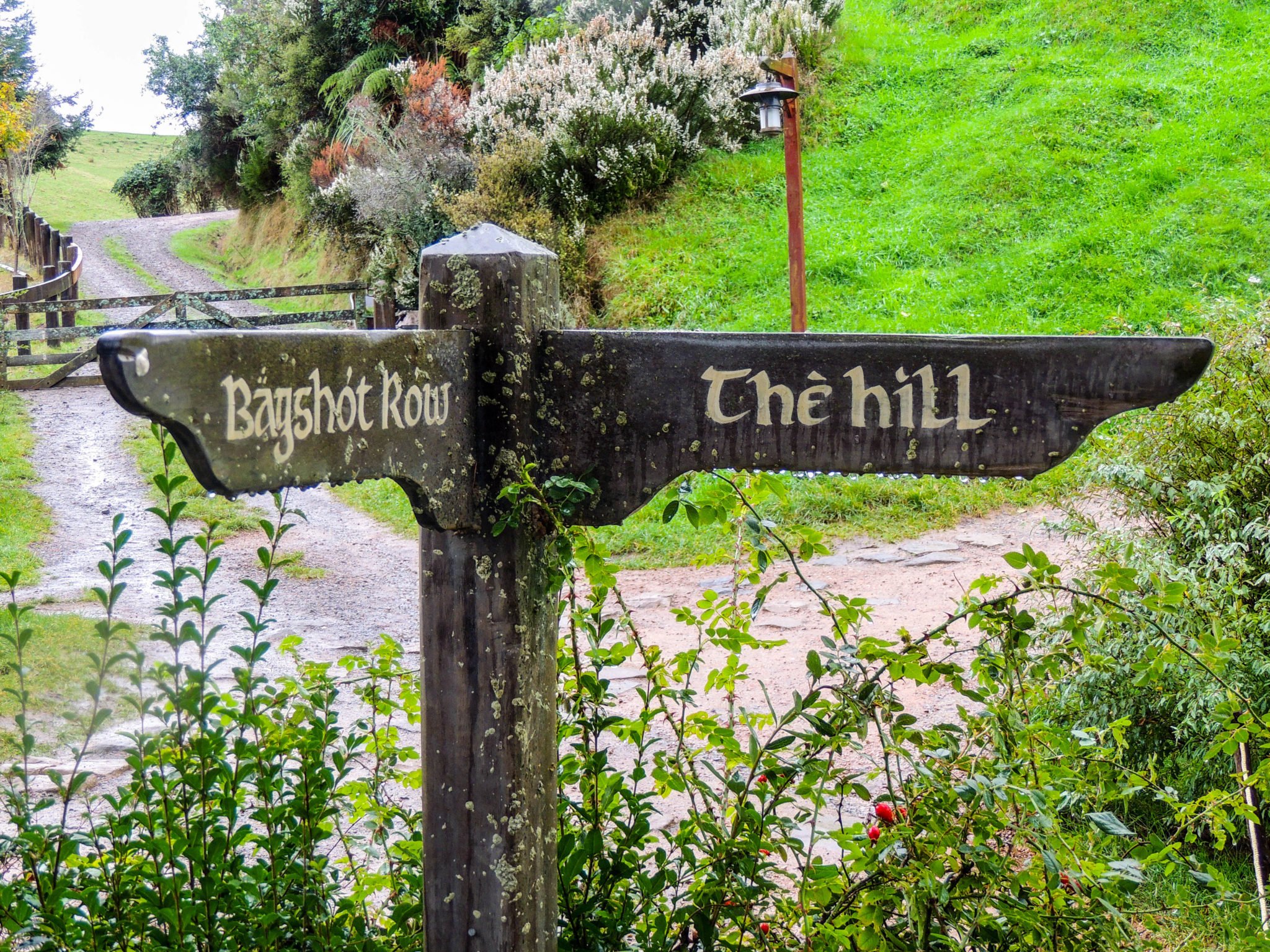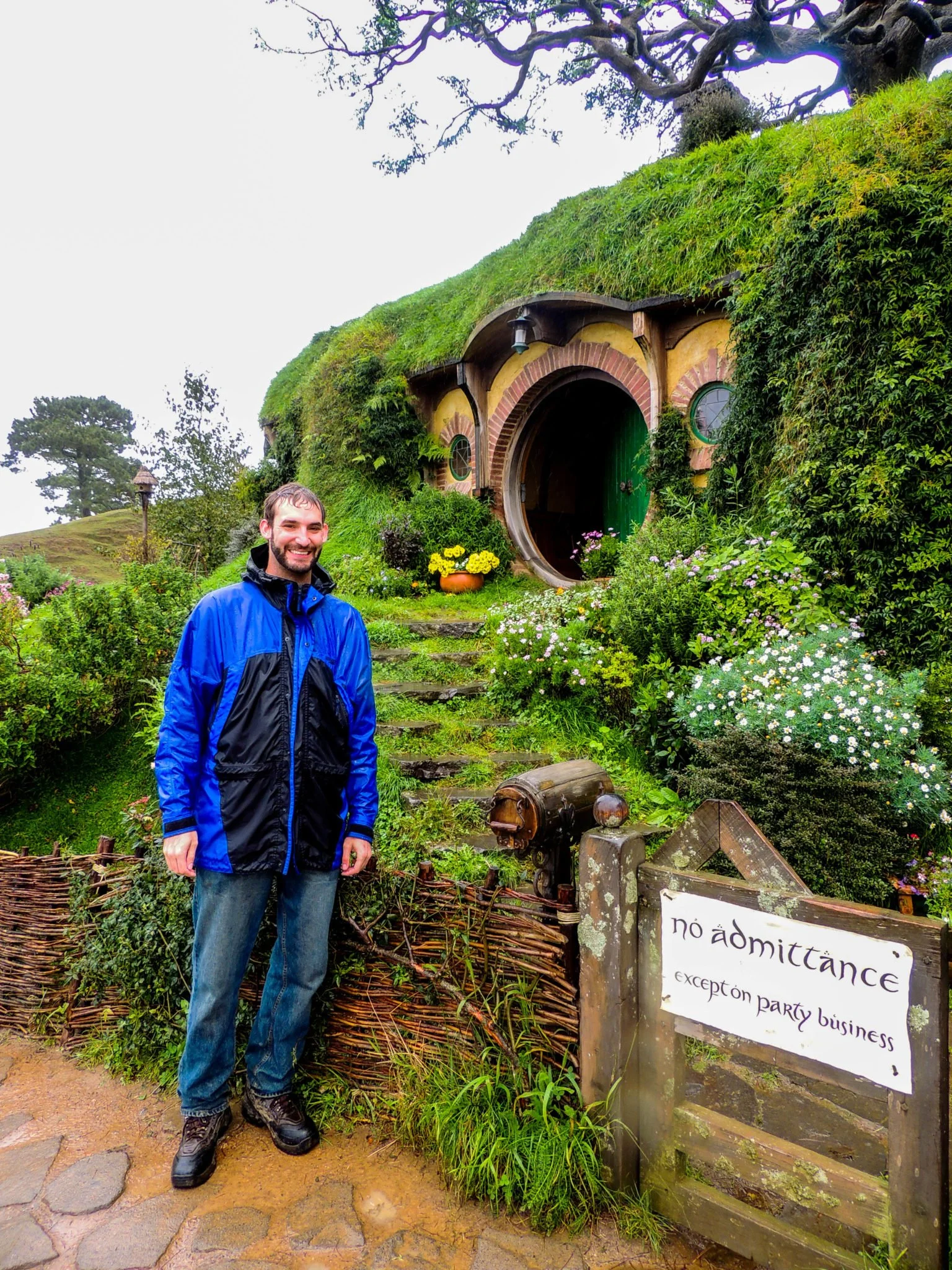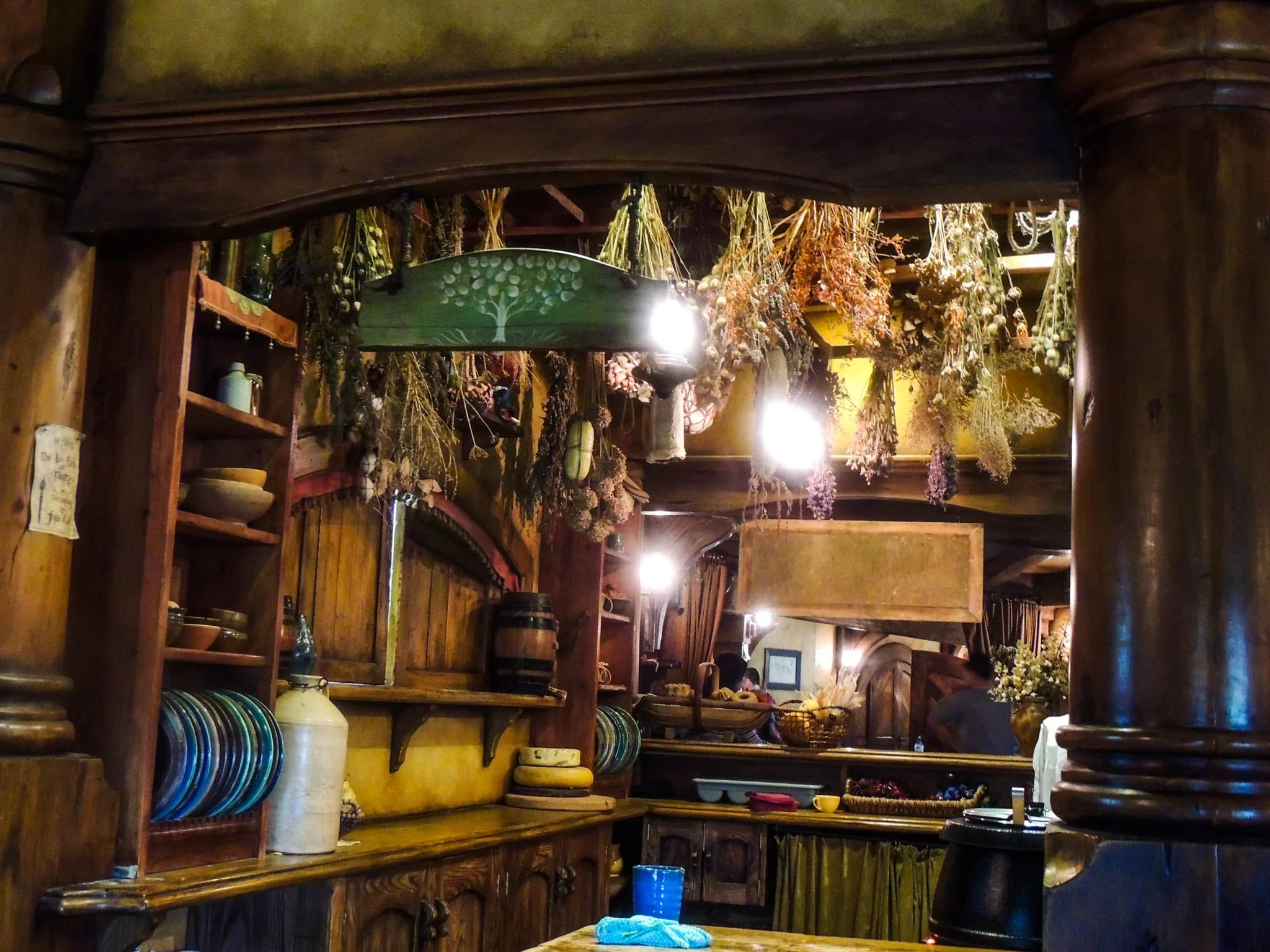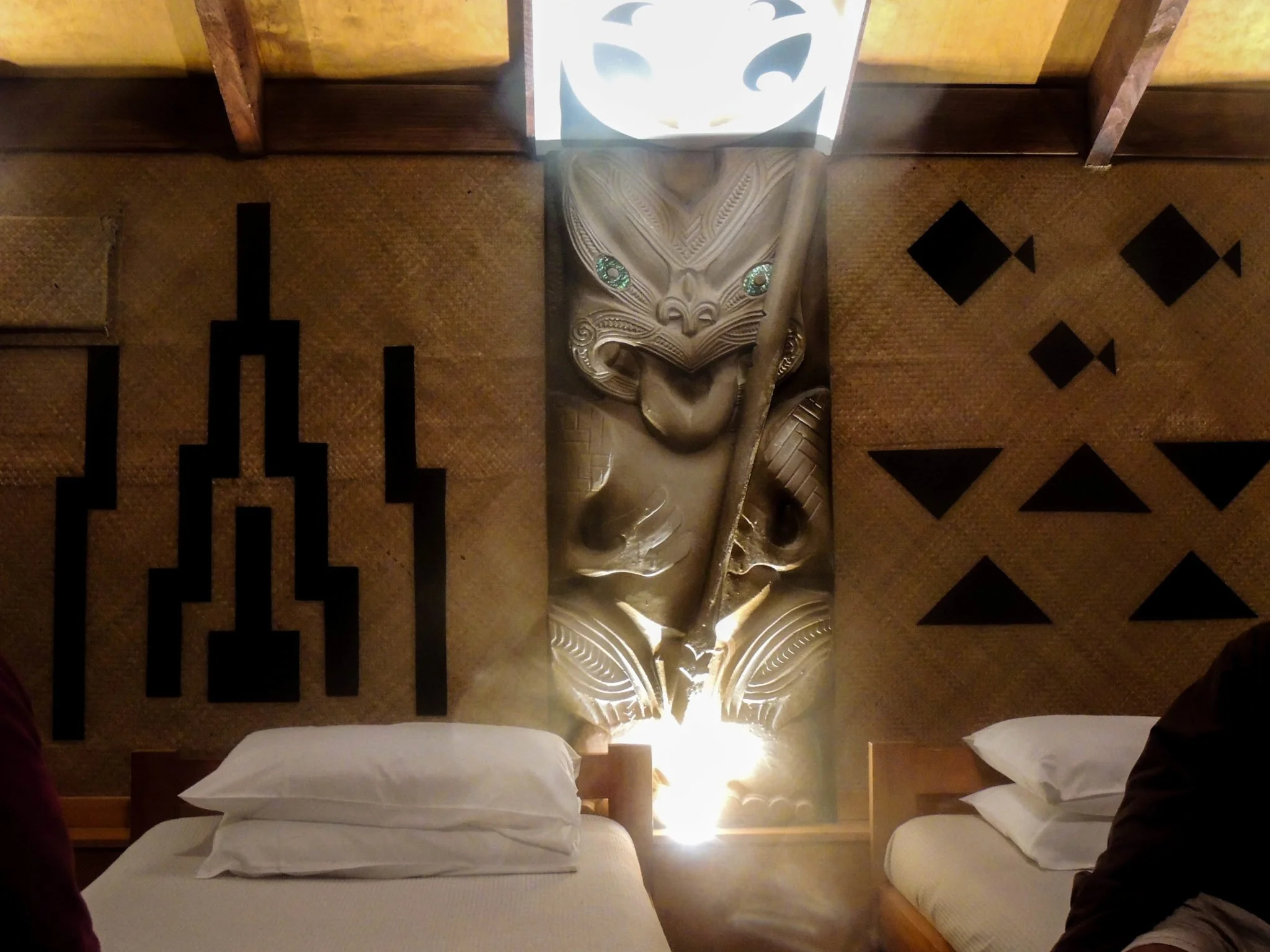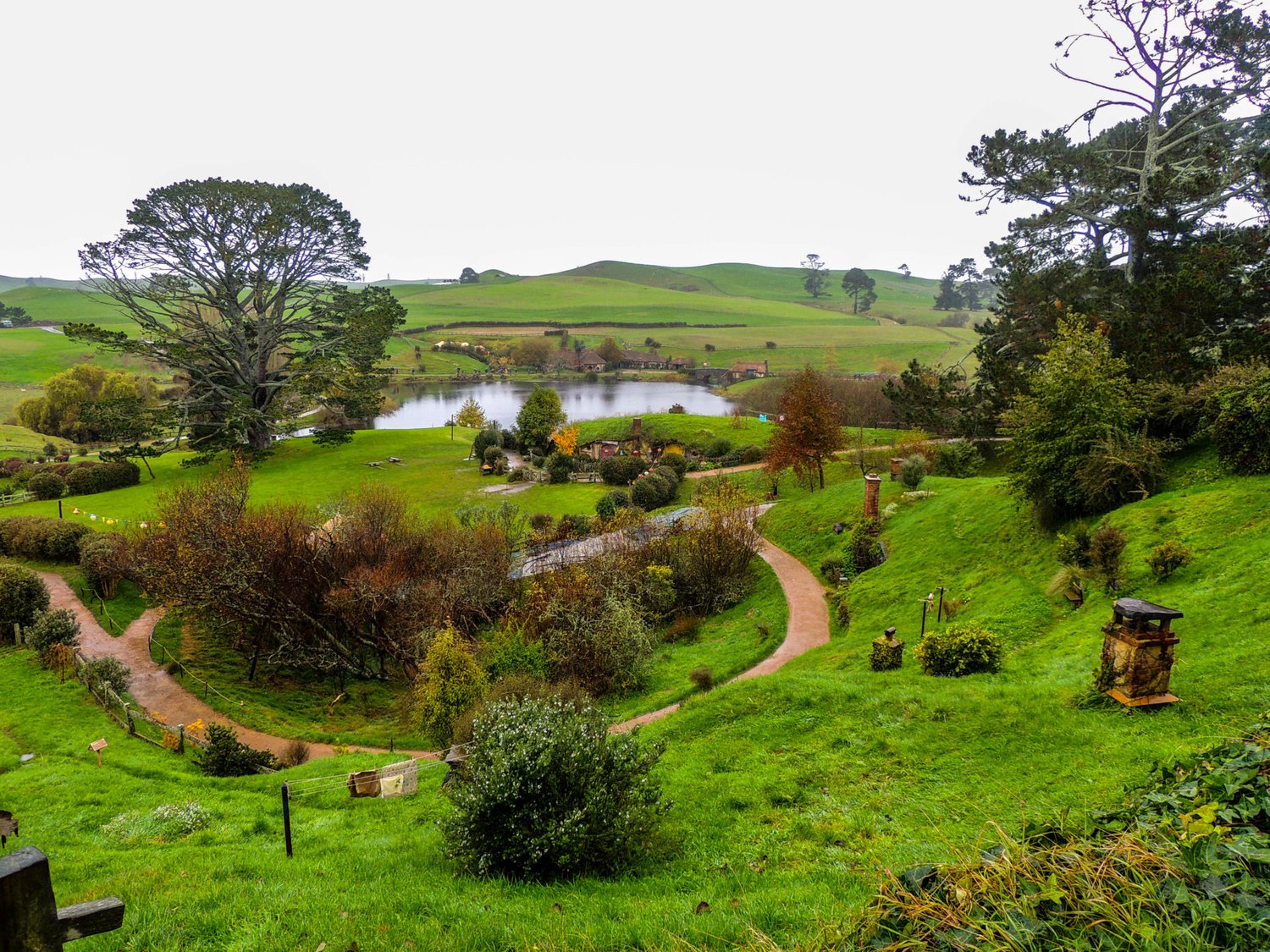
How to Celebrate Your Birthday When You Travel
A wide array of emotions accompanies traveling solo for an entire year. Before you embark, the prospect is the most intriguing aspect.
Once you arrive, the first few weeks come with equal breakdowns and wonder as you transition into your new life.
After the initial shock wears off, it’s much easier to appreciate your adventure.
For me, that appreciation came a month and a half into my New Zealand trip when my birthday rolled around.
While I prepared for my trip from California, I thought the mere celebration of my birthday in a foreign country was excitement enough. I didn’t think too much about what I wanted to do, for I thought I’d never be without activity. At that, wherever I would be was better than where I was, so why worry?
When it neared, however, I found myself much sadder than I expected.
Even though I lived out my dream in a foreign country, I had never celebrated my birthday alone before. I’d met friends along the way, of course, but friendships during travel are fleeting. They’re there one minute, gone the next.
Although it’s easier than ever to keep in contact after you part ways, it’s not the same.
During my time in Waitomo, I dabbled over something awesome I could do to define my celebration. Part of me desired to stay where I was comfortable, again, but I knew that would do no good.
Then it hit me:
Hobbiton.
A month traipsing around New Zealand, and I had yet to be anywhere near any Lord of the Rings locations. I’d dipped a toe in Narnia, and although the entire country emulates Middle-earth, I needed to experience it firsthand.
I pulled out my bus pass to see how long it would take me to get there.
Hobbiton, conveniently, was the next stop on the list.
After my stint at the Stubbs farm, Ruth graciously allowed me to stay with her my last two nights in Waitomo. She cooked me dinner,invited people over for drinks, and woke early with me to drop me off.
In the end, it was hard as ever to say goodbye, but the rest of my journey still lay ahead.
Once Ruth was gone, I waited outside the hostel to board my bus. The biggest problem with hopping on to any bus is that most of the travelers have been together for days, weeks, or even months. At that, unlike myself, most people on the bus had a maximum of a month to see the entire country.I rarely met anyone else who had a year to explore, which led to a constant flow of new people.
Through that, I had a hard time making friends. Outside of the first days of school, I had never been the new kid. I always had a core group, a nucleus of friends that held me grounded no matter what. Everything was different here, and I had no idea how to socialize with anybody.
Sometimes, however, you randomly sit across the aisle from someone who becomes your best friend.
I learned that when I sat across from Ahmet, a scruffy Austrian traveler in the midst of a world tour. I told him it was my birthday, and as we were both solo and friendless, he decided to celebrate with me.
On top of Ahmet, the bus driver, Kea, wanted all of her passengers to befriend and know each other. Because of that, she introduced me to the bus over the loudspeaker. That led me into a conversation with the British couple, Sophie and Terry, who sat in front of Ahmet.
Though I’d made friends on the trip so far, Kea’s bus had me interacting the fastest. I stayed in conversation with Ahmet, Sophie, and Terry along the drive to Hobbiton, and developed a stronger bond than I’d done with any other traveler thus far.
Sophie and Terry, not fans of Lord of the Rings, opted to continue into Rotorua during the Hobbiton tour. Ahmet, a fan of the films, hopped off at the Hobbiton tour check in and stayed with me.
My nerves fluttered in my stomach as we closed in on the farm in Matamata that housed Hobbiton. The Lord of the Ringsplayed a significant role in my decision to come to New Zealand, and I didn’t know what to expect.
From all The Lord of the Rings sets, Hobbiton is the only one that still exists as a full set. After the trilogy, the filmmakers set everything back to the way it was before they filmed. They took GPS locations and photos of everything they moved or rearranged, and when filming wrapped, they put it back exactly where they found it.
Due to the demand in tourism, they kept Hobbiton as the only fully-built set after they made The Hobbit.
What if it’s bad? Or it ruins the magic for me? What happens if I don’t have a good time? Or if I’m never able to watch the movie again because of all the bitter memories?
This better live up to all of its expectations.
As soon as I stepped off the bus, the dark clouds overhead opened and released a downpour.
No rain can stop me.
I then became one of the unfortunate idiots who decided an umbrella wasn’t needed. Within seconds, though I had a raincoat, I’d become drenched as fast as the actors do in the movies.
Apart from that, as much as I wanted to enjoy the magic of my surroundings, I found it difficult.
As Hobbiton is such a high tourist spot, it’s always crawling with people. Tours depart every twenty minutes, which keeps the group in front of you holding you up and the one behind you riding your heels. With an acknowledgment that everyone deserves ample time to gawk, it was hard to keep moving as fast as we did.
Despite the rain and the “take your pictures and move” attitude, however, I couldn’t hate where I was. I knew how much work had gone into these films, and I respected that devotion to detail. I’d seen plenty of documentaries about what they did, but seeing it firsthand reiterated just how much time and energy it takes to create a masterpiece.
After the obligatory picture in a Hobbit hole and a photo opportunity at Bag End, the tour ended with a free beer at the Green Dragon. As I was mid-birthday-celebration (too bad it wasn’t my eleventy-first), I happily drank my free beer and a few more to wash it down. Ahmet sat with me as we drank, and we joined the table with the rest of the bus.
I hadn’t met anybody else yet, but it took about thirty seconds to realize I’d landed on a bus full of college frat boys.
Having had plenty of experience with that in a past life, I joined the party.
Once Hobbiton wrapped, we went to the neighboring city of Rotorua to finish out our day. Through Kiwi Experience, we booked an overnight stay at the Tamaki village for a night of Maori history and music.
We slept in a wharenui, which acts as public housing for the Maori communities. Each room consisted of twenty beds in a large room, filled with masks of Maori godsand tribal designs.
After we’d chosen our beds, we received a history on the gods and legends who watched over us that night. We then made rope and played a game with tossing spears before the show for the evening began.
Though we booked extra activities through Kiwi Experience, we were not the only tourists for the concert. When the time came for the show to start, all of the guests lined up by the front entrance and waited.
For permission to enter a Maori village, guests must first choose a leader to face the Maori warrior.
In ancient times, Maori warriors intimidated their intruders through the haka to ward off evil intent. If the leaders and the audience pass, they are allowed entry. If not, they are forced to leave.
The group leaders are never to break eye contact with the warriors, else it is a sign of disrespect. At that, no one — audience included — is allowed to smile or laugh during the introduction. To do so would act as a mockery of their tradition, and results in banishment from the grounds. (Not to be confused — as soon as the introduction is over, it’s all smiles and laughs.)
After the introductory dances, the Maori warrior places a peace offering — usually in the form of a plant or other natural substance — in front of one of the leaders. That leader is to accept the peace offering by picking it up, but maintaining eye contact with the warrior.
As soon aspeace is declared, the activities begin.
The Tamaki village weaves throughout a forest and splits into different historical sections. Each group of tourists goes to a different section first, and in a speed-dating-esque movement, we circled around. We learned how the ancient Maori warriors made weapons, proper gender roles, healing, Maori games and general Maori life.
When the history lesson finished, the presentation of the food came next.
A Maori feast, known as a hangi, involves smoking and cooking the meat underground. Our meal included a pig, a lamb, and a chicken that ascended from their pits in ceremonious procession.
While they plated our dinner, we were ushered into a concert hall for the performance.
Everything from the opening song to the closing haka gave me chills. The Maori race consists of a desire for fair treatment, and their suppressed pain came alive through their music.
Hardly a dry eye left the concert hall when they finished.
When the rest of the guests departed, we from the Kiwi Experience stayed behind. Our overstay kicked it up a notch when we headed to the hot tubs outside and continued to drink.
During the hot tub drinks, the topic of my birthday came up. I hadn’t said too much since I didn’t know anybody, and I didn’t want to walk on the bus with a, “Hey it’s my birthday, be nice to me!” attitude.
Despite that, when Kea found out, she had the entire bus sing to me from the hot tubs.
Like many of the days I experienced in New Zealand, my birthday started with fear. However, just like the end of the rest of those days, I fell asleep with a smile and memories I’ll never forget.


